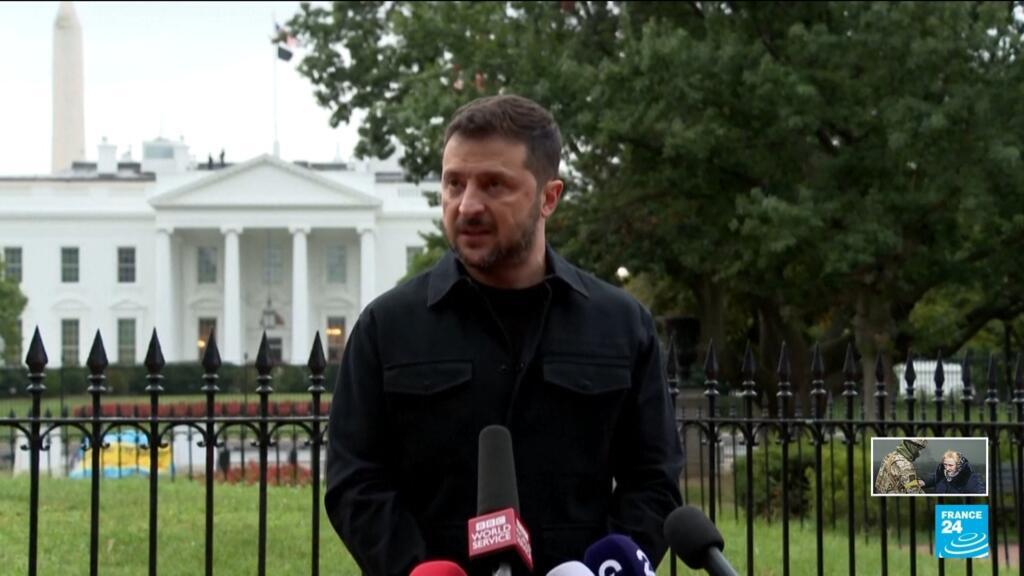Nagasaki held a moment of silence on Saturday at 11:02 am (02:02 UTC/GMT), when the plutonium bomb called the plutonium bomb “fat” was dropped by an American bombing in the southern Japanese city.
In a message of peace to the world, the twin bells from Urkami Cathedral, so rank together for the first time on August 9, 1945 to bombing. A bell had disappeared after the attack which was restored by volunteers.
Speaking at the ceremony, Nagasaki Mayor Shiro said that humanity faced the imminent “existence crisis”, warning that the world “suffers from a vicious cycle of conflict and fragmentation,” Kyo News of Japan said.
In his speech, Prime Minister Shigeru Ishiba vowed long commitment for decades of launching, production or not allowing the introduction of nuclear weapons.
Isaba said that his government would work to lead global efforts to bring a world without nuclear war and a world without nuclear weapons.
Ishiba did not make any comments about signing the treaty of nuclear weapons or even especially Japan’s refusal.
The remaining people and their families repeatedly called Japan to sign the United Nations Treaty, which came into force in 2021.
Russia, Israel invited Nagasaki peace ceremony
Some 3,000 people, including 94 countries and representatives of the region, attended the ceremony at Nagasaki Peace Park.
The Russian ambassador to Japan hoped that he was hoping to participate in the Japanese media report, Japanese media report as Israeli ambassador.
Russia and Israel, with Belarus, were not invited to the 2024 ceremony.
The city decided to adopt a more inclusive approach this year, according to Kyodo News, sending invitations to all countries with diplomatic missions in Japan.
The survivors and their families began paying tribute to the park a few hours before the official ceremony, as well as at the nearby Hypocator Park.
Hiroshima, Nagasaki is used only at the atomic bomb waiting time
Earlier in the week, Hiroshima marked for 80 years as the US dropped a atomic bomb on him.
Attacks on Japan are only twice at an atomic bombs used in the war.
Japan surrendered a few days later on August 15, 1945, which ended with the end of the World War II and in Asia in about half a century of the country.
[1945ofthenumbered[1945केअंततकयहअनुमानलगायागयाहैकिहिरोशिमापरविस्फोटकिएगएयूरेनियमबमसेमहानमृत्युलगभग140000लोगथीं।विस्फोटशहरकेदो-तिहाईसेअधिकचपटाहुआ।
Another 74,000 people demolished on Nagasaki by Plutonium Bomb were killed.
In the subsequent year, the remaining people faced side effects from radiation, leukemia or other cancer and chronic diseases.
Some 99.130 of the two atomic bombs are still alive in Japan, their average age with a rise in 86.
Teruko Yokoyama, an 83 -year -old member of the Nagasaki organization, who supported the remaining people, told the AFP news agency that it was “maintained the record of the remaining people’s atomic bombing and their lifetime story.”
Scene edited by Sinico


